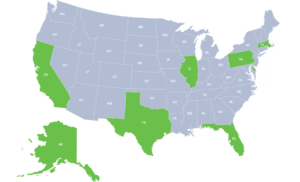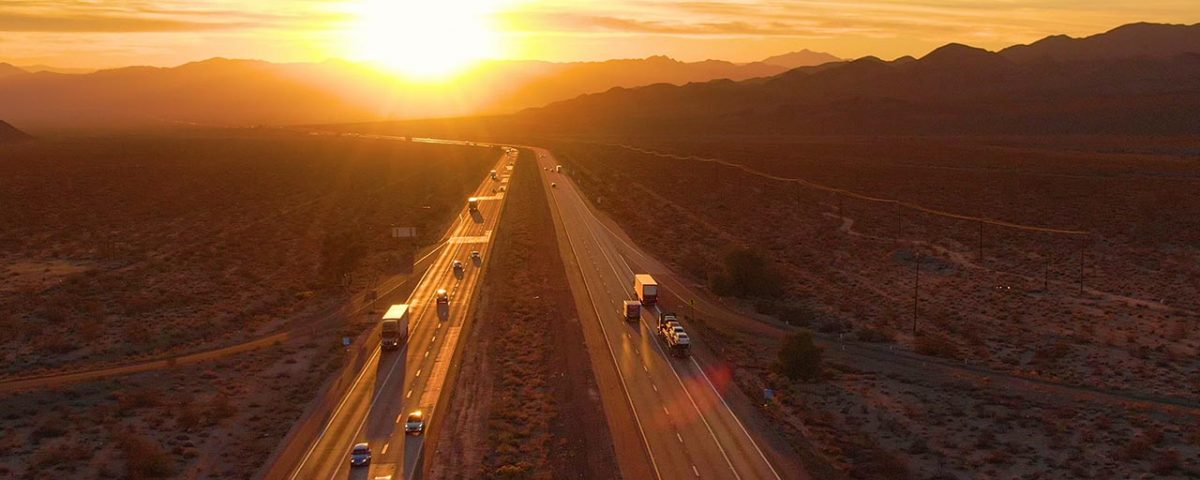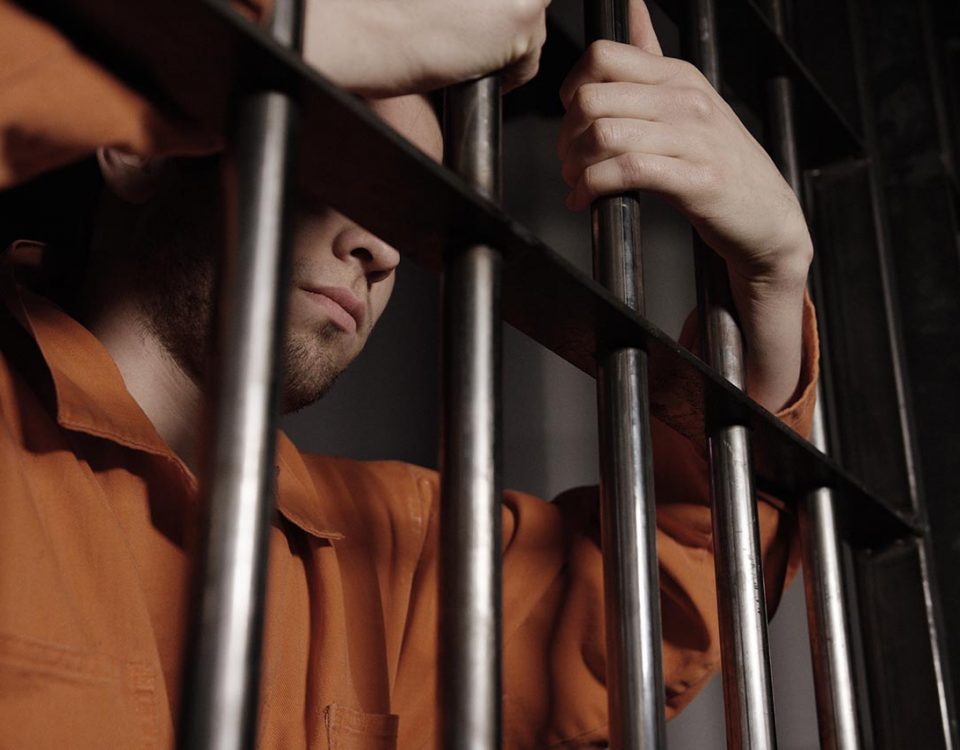Illegal drug distribution dates back to the early 20th century, with opium trading and the use of cocaine in medicines taking place in China and other countries in the Far East.
Following World War I, a peace treaty resulted in a limit to the distribution of these substances for medical purposes. The Bureau of Narcotics eventually placed laws against distributing cocaine, heroin, and morphine to addicted individuals, and any doctors that were doing so were arrested.1 Since then, efforts to put a stop to drug trafficking haven’t entirely succeeded. At our substance abuse treatment center in Pompano, we’re taking a deeper look into the distribution of cocaine into the United States.
How Is Cocaine Distributed in The U.S.?
Because it’s one of the most commonly trafficked drugs in the world, it’s no surprise that most of the craziest drug busts of all time involved cocaine. The distribution of cocaine in the United States can be linked to countries including Colombia, Mexico, Bolivia, and Peru. Out of the four, Colombia is the main contributor. According to a 2016 report by the DEA, approximately 90 percent of cocaine samples tested in the Cocaine Signature Program (CSP) were from Colombia, 7 percent from Peru, and the other two percent from an unknown origin.2 Trafficking cocaine into the U.S. is done through commercial ships, fishing vessels, and even submarines (also known as narco subs), with the most common routes cutting through the Pacific and Caribbean.
As of recently, smuggling cocaine into the U.S. has been done with the use of narco subs and other vessels. The usual routes have remained the same for the past few years, with smugglers leading their vessels around the Galapagos Islands and then north to cover their tracks and avoid troubles with law enforcement. Traffickers may also begin their trip from Ecuador and take short hops from Costa Rica to Mexico to throw off the Coast Guard. Many efforts to traffic cocaine into the U.S. have been thwarted by the U.S. Coast Guard, DEA, and other law officials with the use of underwater sensors and interdiction efforts.
The shipments of cocaine that do make their way into the U.S. are eventually distributed amongst crime families and cartels. Cocaine is often trafficked across the border into Mexico or distributed up the coast of California. El Salvador is considered a major transit for cocaine distribution from Colombia. Panama, Guatemala, and Honduras have also become major transit points for drug traffickers in Colombia.
Drug trafficking is a dangerous trade that contributes to the prevalence of substance abuse and addiction in the U.S. Every year, thousands of Americans struggle with drug or alcohol abuse. At Banyan Pompano, we know there’s a growing need for addiction treatment throughout the world, let alone the nation.
If you or a loved one is battling with addiction, call Banyan Treatment Centers Pompano today at 888-966-9413 to find out more about our intensive outpatient program.
Sources:









